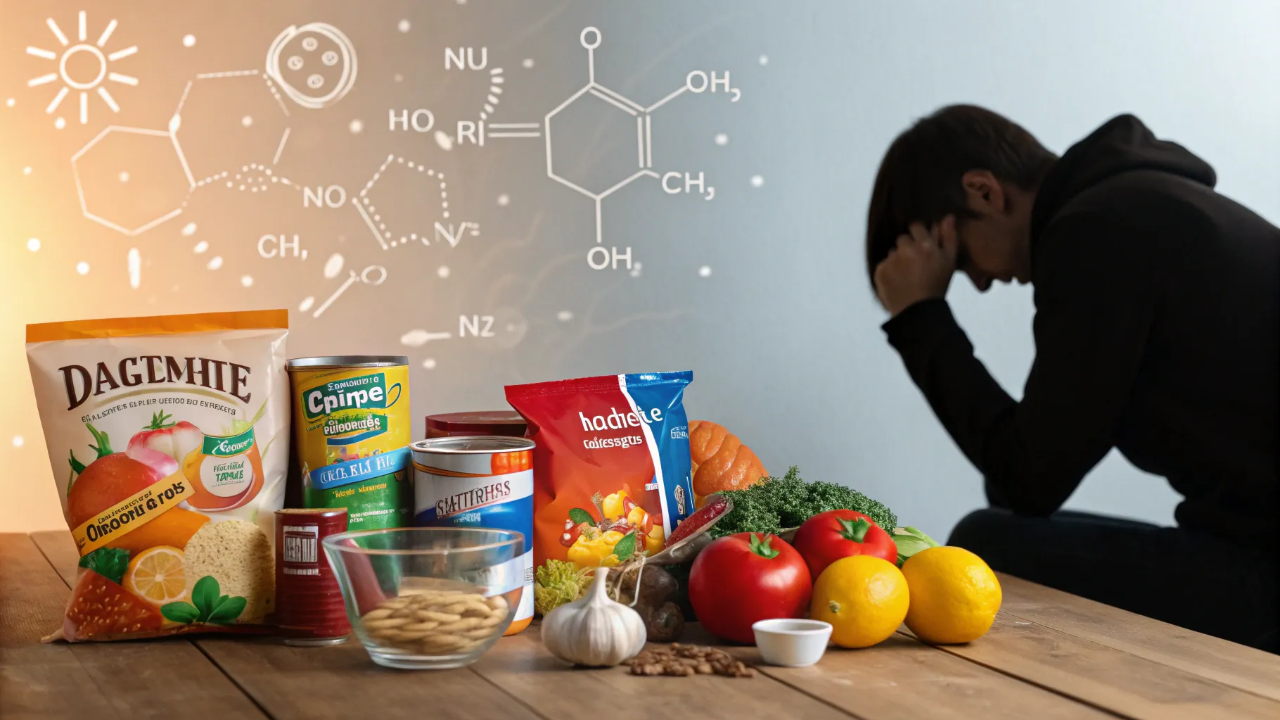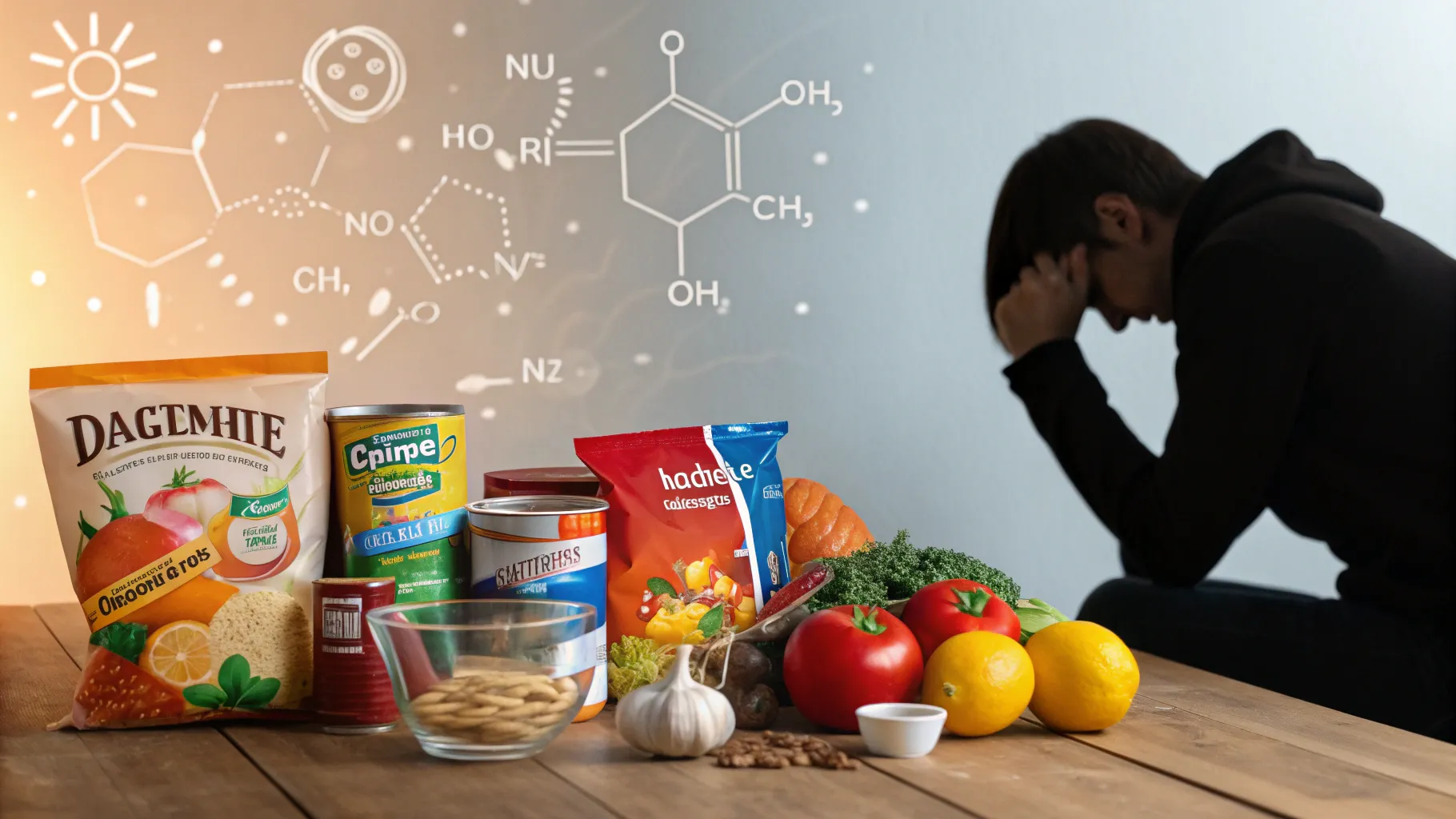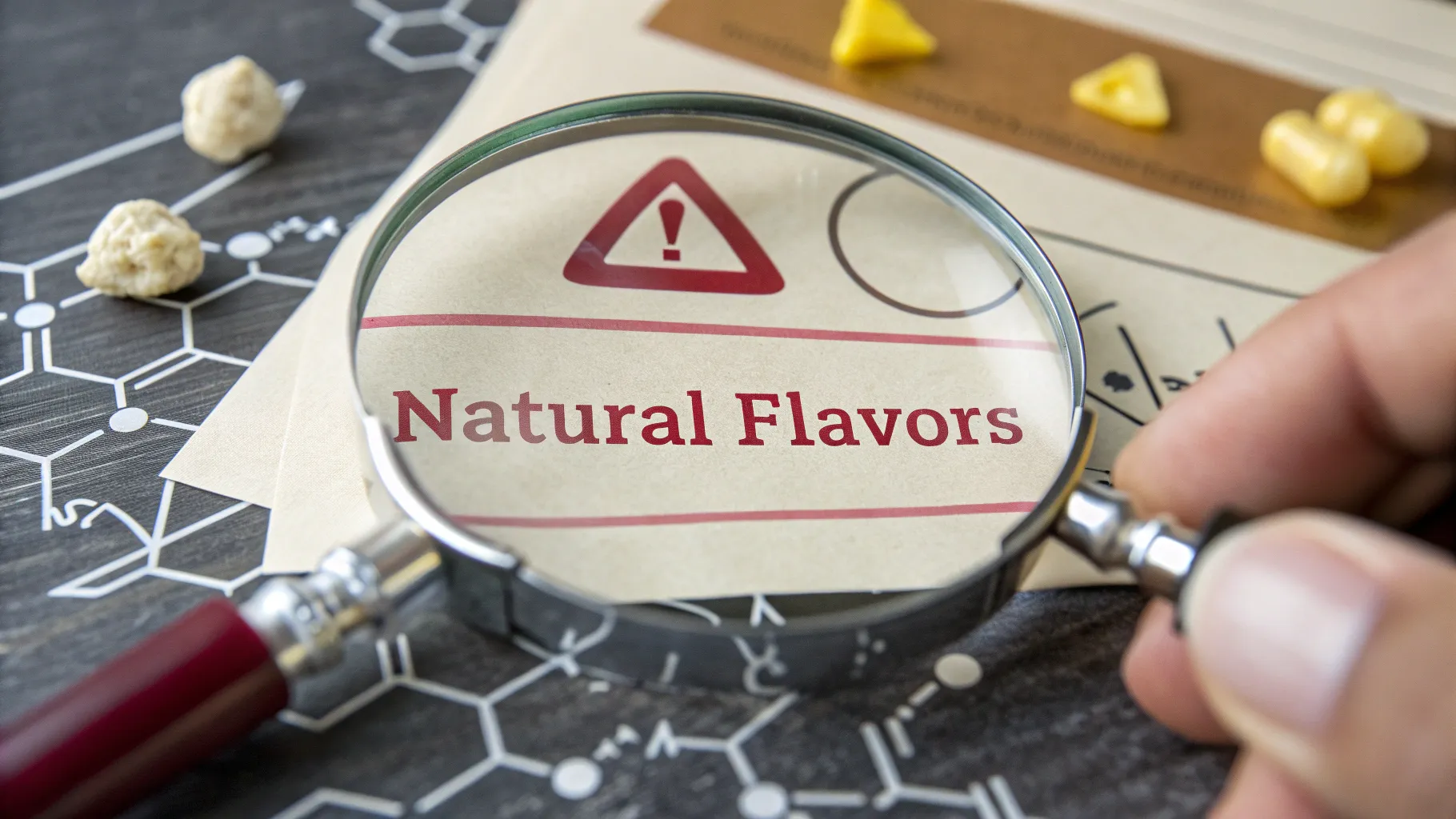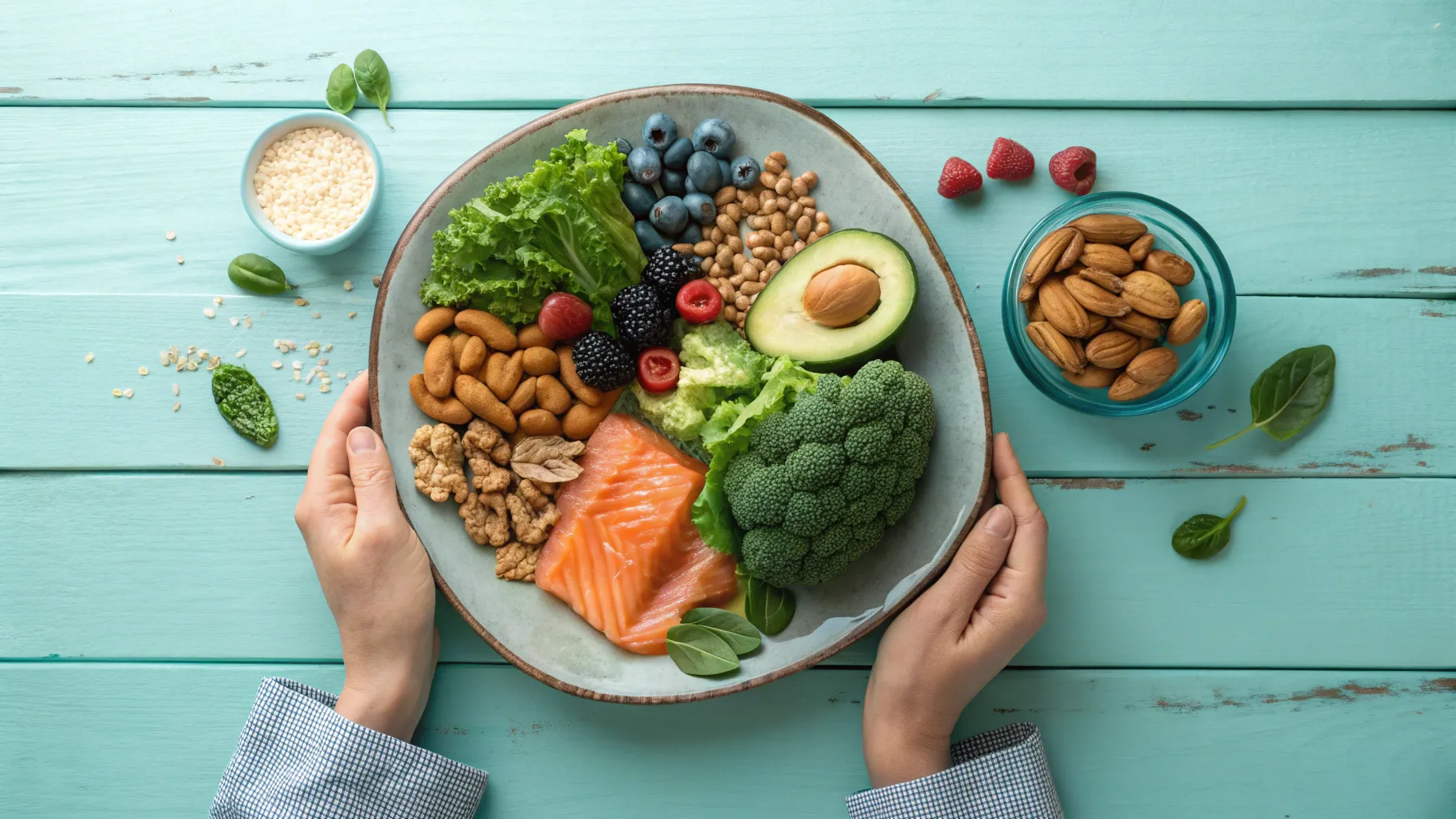
Preventing Panic Attacks, Toxic Foods, Stress Management, Whole Person Health
Oct 28, 2025

Preventing Panic Attacks, Toxic Foods, Stress Management, Whole Person Health
If you live with frequent stress or intermittent anxiety, one simple and commonly overlooked factor may be making those feelings worse: certain ingredients in the foods you eat. Over and over as a family practice doctor in DuBois PA, seeing patients of all ages, I see patients who have situational anxiety that makes sense in the context of their lives, but they also have sudden spikes of anxiety or panic attacks a few hours after eating or drinking something. In many of these cases the common link is concentrated glutamate, most often listed indirectly on labels as natural flavors. Family doctors are uniquely positioned to observe these issues when they have the opportunity to see most of the people in the immediate family as I am able to do.
What is glutamate and why does it matter?
Glutamate is an amino acid. You do not need concentrated glutamate in your diet to survive. The problem is not glutamate when it occurs naturally in whole foods. The problem occurs when glutamate is concentrated beyond its normal levels and added to processed foods.
Concentrated glutamate, commonly encountered as monosodium glutamate or MSG, acts as an excitotoxin. That means it can overstimulate brain receptors and, in sensitive people, produce symptoms such as increased anxiety, heightened stress reactions, and even panic attacks. This effect is well documented in the medical literature and has been discussed by physicians who study neurotoxic food additives.

How MSG hides in ingredient lists
The food industry knows how effective concentrated glutamate is at enhancing flavor, so manufacturers use it to make products more appealing. Labeling rules require companies to disclose added MSG, but over time those rules were adjusted so that manufacturers only have to label pure added MSG. Many companies now use concentrated forms of glutamate without calling it MSG outright.
One of the most common disguises is the ingredient phrase natural flavors. When you see natural flavors you naturally assume the ingredients are wholesome, but the term is broad. There are over 100 chemicals that can be called natural flavors under current definitions, and research and ingredient testing show that more than half the time natural flavors include concentrated glutamate or its equivalents.
If it says natural flavors, assume it has concentrated MSG. I do not touch it.
Typical symptoms and timing
People who are sensitive to concentrated glutamate often report:
- Increased anxiety or feelings of stress a few hours after eating
- Intermittent panic attacks that seem situational but recur after similar meals
- A pattern linking certain packaged or restaurant foods with later anxiety

If your anxiety flares after particular meals, keeping track of what you ate and when symptoms started can reveal a pattern pointing to glutamate-containing foods.
Practical steps to reduce exposure and lower anxiety
Reducing or eliminating concentrated glutamate from your diet is a small change with potentially big benefits for anxiety and stress. Not only that it can have an equally big or even bigger effect on the lives of others in your family. Here are straightforward actions to take:
- Avoid products that list natural flavors in the ingredient list. Treat that phrase as a red flag for concentrated glutamate.
- Choose whole foods whenever possible. Fresh fruits, vegetables, whole cuts of meat, eggs, plain dairy products, and unprocessed foods do not carry ingredient lists and are safe choices.
- Read labels carefully. If a packaged product contains natural flavors or other vague flavoring terms, assume it may contain concentrated glutamate and skip it.
- Keep a food and symptom diary. Note what you eat and when anxiety or panic symptoms occur to help identify triggers.
- Try an elimination trial. Remove suspicious processed foods for several weeks and see whether anxiety and panic attacks improve.
- Do further homework. There are many code names and ingredient phrases that can indicate concentrated glutamate beyond natural flavors. Look up lists of these terms if you want to dig deeper.

Why whole food matters for whole person health
When you focus on whole, minimally processed foods you automatically reduce exposure to hidden additives that can affect mood and the brain. Whole food eating supports the nervous system, lowers chronic stress, and removes many of the manufactured chemicals that can worsen anxiety. Even so called organic or "health" packaged foods can contain natural flavors, so always check labels.
Quick checklist
- Assume natural flavors may contain concentrated MSG
- Prefer foods without ingredient lists when possible
- Track meals and symptoms to identify triggers
- Eliminate suspected products and observe changes
- Learn other ingredient names that can indicate concentrated glutamate
Small, practical changes in what you eat can reduce anxiety and prevent panic attacks for many people. If you suspect a food connection to your symptoms, start by removing products with natural flavors and choosing whole foods instead. Track your response and consider expanding your knowledge of hidden flavoring terms as a next step.
If you found this helpful, pass it along to someone who struggles with anxiety or panic. Take care and be well.
Stanley Lang, M.D.
Click Here to Access Your First Trial of StemWave Pain management
Stay connected with news and updates!
Join our mailing list to receive the latest news and updates from our team.
Don't worry, your information will not be shared.
We hate SPAM. We will never sell your information, for any reason.
